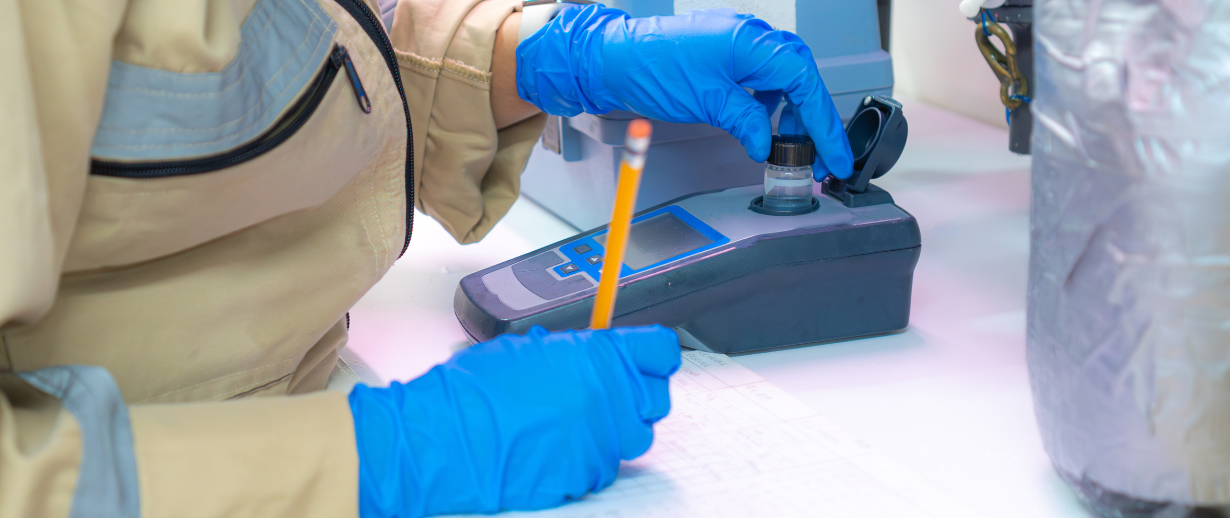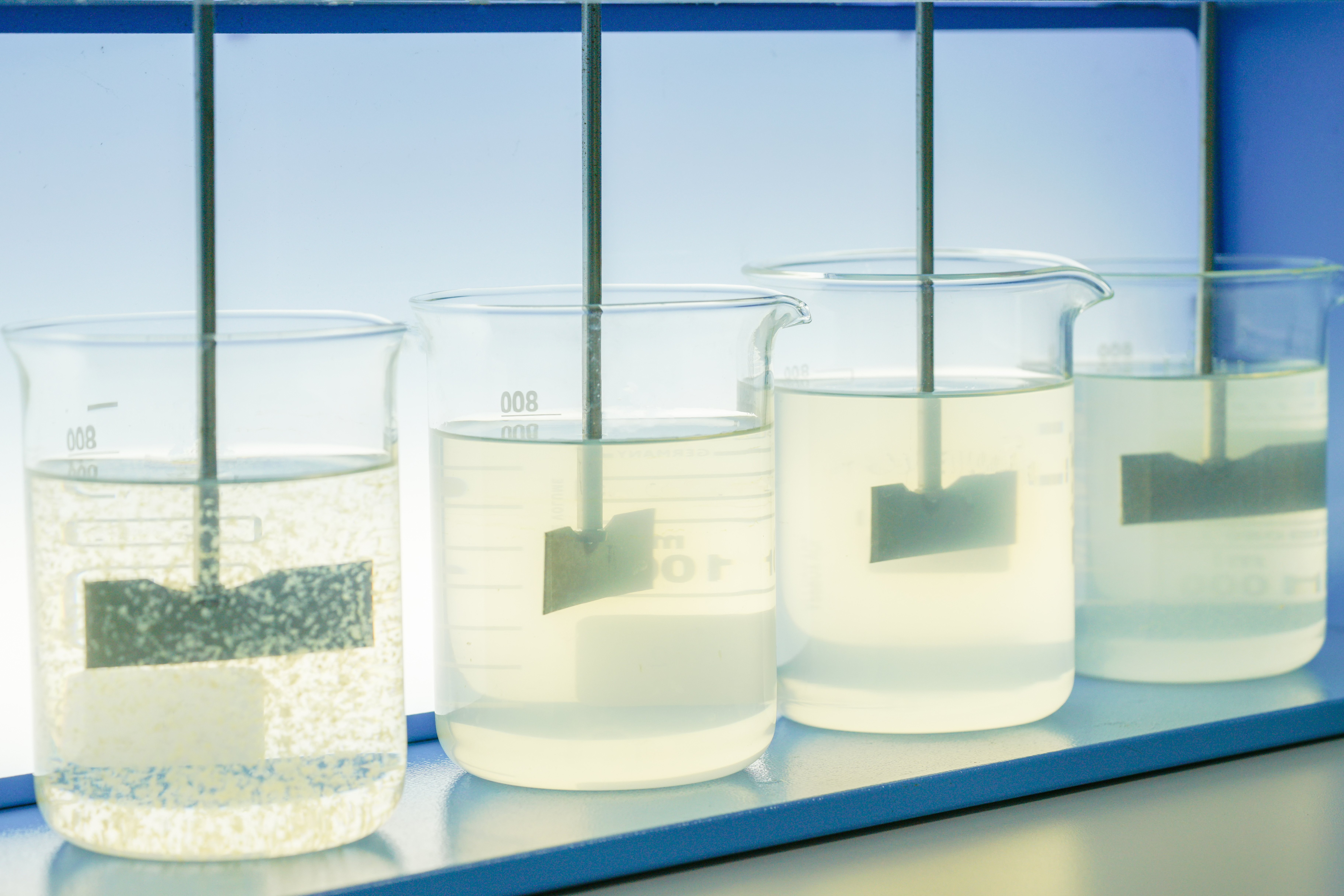Have you ever wondered about the safety of your drinking water, whether it comes straight from the tap or through a reverse osmosis filter? One of the most basic ways to assess water quality is by checking its turbidity. If you're not familiar with water turbidity or its effects on drinking water safety, this article will explain everything you need to know.
What is Water Turbidity?

Turbidity measures how much light is blocked by suspended particles or contaminants in water. There are two main types of turbidity measurements: nephelometric and photometric.
The nephelometric method works by shining a light beam through a water sample and measuring how much light is scattered by particles in the sample chamber. Photometric measurements, on the other hand, measure light intensity at different wavelengths as it passes through a clear liquid sample.
Turbidity is typically measured in nephelometric turbidity units (NTU), which represent either the number of particles per unit volume or a specific light scattering coefficient.
Understanding what makes water clean or contaminated is crucial for ensuring safe water consumption.
How is Water Turbidity Measured?

There are several ways to measure water turbidity, from manual methods to sophisticated laboratory instruments.
The simplest method is visual observation using a Secchi disk (named after its inventor). This involves lowering a weighted plastic disk into cloudy water until it's no longer visible from above. The depth at which the disk disappears provides a reading on the engraved scale.
More advanced methods use ultrasonic transducers combined with computers, which provide more accurate measurements but take longer to process. Turbidity meters are often used alongside other water quality testing equipment, such as pH meters and dissolved oxygen probes, to measure suspended particles in water.
Understanding Turbidity Levels

On the NTU scale, higher values indicate more particulate matter in the water. Readings can range from 0 to 1000 NTU, where 0 represents perfectly clear water, and heavily contaminated water can reach 100,000 NTU or higher.
If you're unsure about your water's turbidity levels, contact your local municipality for information about water quality in your area.
High turbidity can also indicate the presence of harmful contaminants like bacteria and parasites that could pose health risks.
Measuring Techniques and Applications

Clearwater appears transparent when viewed through a microscope. According to the World Health Organisation (WHO), water turbidity measures how much light is scattered by suspended particles.
Turbidity can be measured through various methods, including nephelometry and turbidimetry, which use natural or artificial light sources. This measurement is valuable in many fields, including oceanography, where it helps determine water clarity by measuring light scatter from suspended particles.
The Importance of Understanding Water Turbidity
Water turbidity is a crucial factor when selecting a water source, especially for drinking water. While there are various measurement methods available, from simple home tests to professional laboratory analysis, understanding your water's turbidity levels helps you take appropriate action to address any water quality concerns.
For more information about our water services, please contact one of our experts, here.